calsfoundation@cals.org
Bush-Dubisson House
The Bush-Dubisson House, located at 1500 South Ringo Street in the Paul Laurence Dunbar School Neighborhood Historic District in Little Rock (Pulaski County), is a 1925 Prairie-style house built for the son of a founder of the Mosaic Templars of America. It was listed on the National Register of Historic Places on May 28, 1999.
Aldridge E. Bush, the youngest son of Mosaic Templars co-founder John E. Bush and his wife, Ellastein Bush, hired S. E. Wiggins, an African American builder known to be meticulous in his work, to construct a Prairie-style house for them in 1925 down the street from a Craftsman-style house they had built in 1919 from a design by the Thompson and Harding architectural firm.
The resulting two-story building exhibits all of the elements central to the Prairie style, including large, square porch columns; a horizontal emphasis; and a low-pitched roof with overhanging eaves. The National Register nomination notes that “its style and the materials of its construction—brick, stucco, tile—dramatically set the house apart from its neighbors. It is one of the most architecturally distinguished homes built by an African American in the Dunbar neighborhood, and its Prairie-style design would make it unusual anywhere in Little Rock.”
The Bushes did not live in the house very long, selling it in the early 1930s to African American funeral home owner Daniel J. Dubisson and his wife Lula Dubisson. The house became a social center for the neighborhood while the Dubissons lived there, and their guests included opera singer Marian Anderson. Dubisson became a baseball executive and owner. In 1933, he started a semi-professional Black team known as the Dubisson Tigers. The team was sponsored by Dubisson’s funeral home and played regional competitors, including the Claybrook Tigers, St. Louis Stars, New Orleans Black Pelicans, and Shreveport Tigers.
After Dubisson’s death in 1952, the house became a rental property, eventually being converted to a duplex and, by the late 1980s, being a haven for drug dealers. That changed in 1989 when the local chapter of the Alpha Phi Alpha fraternity’s alumni organization bought the house from Dubisson descendants and restored it to serve as the fraternity’s headquarters, aided by nearly $98,000 in grants from the Arkansas Historic Preservation Program. Alpha Phi Alpha continues to use the house in the twenty-first century.
For additional information:
Nichols, Cheryl Griffith. “Bush-Dubisson House,” National Register of Historic Places registration form. On file at Arkansas Historic Preservation Program, Little Rock, Arkansas. Online at https://www.arkansasheritage.com/docs/default-source/national-registry/pu9826-pdf.pdf?sfvrsn=44224227_0 (accessed December 7, 2021).
———. Historically Black Properties in Little Rock’s Dunbar School Neighborhood. Little Rock: Arkansas Historic Preservation Program, 2013. Online at https://www.arkansasheritage.com/docs/default-source/ahpp-documents/local-historic-contexts/dunbar_new11f1ae89-855f-45ae-9b52-48d61c78f359.pdf?sfvrsn=9ffbbf6b_5 (accessed December 7, 2021).
Mark K. Christ
Central Arkansas Library System


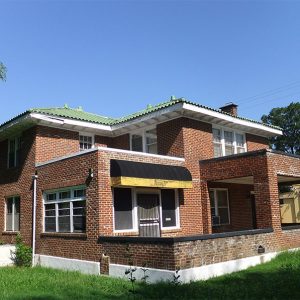
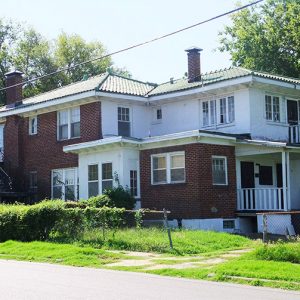
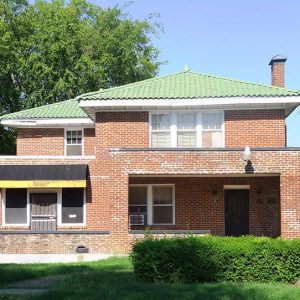
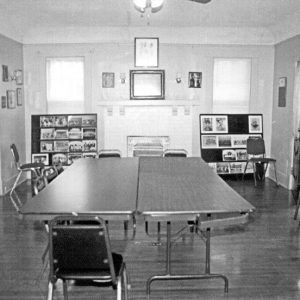
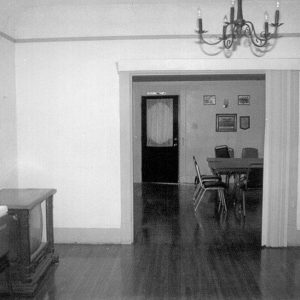





Comments
No comments on this entry yet.